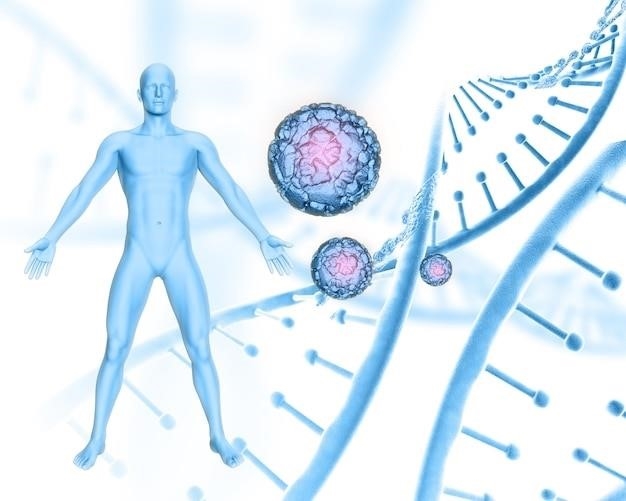Introduction⁚
Galantamine‚ a medication approved for treating Alzheimer’s disease‚ plays a crucial role in metabolic pathways in the human body. This compound is involved in various bioactive interactions‚ impacting cognitive function‚ inflammation‚ and even weight management. Understanding the metabolic pathways of galantamine is essential for maximizing its therapeutic effects and minimizing potential interactions with other medications. Let’s delve deeper into how galantamine influences metabolic processes in the human body to optimize its efficacy for improved health outcomes.
Key Metabolic Pathways⁚
Galantamine undergoes various metabolic pathways in the human body‚ including CYP2D6-mediated O-demethylation to form O-desmethyl-galantamine‚ CYP3A4-mediated pathway to produce galantamine-N-oxide‚ N-demethylation‚ and glucuronidation. These pathways play a crucial role in the breakdown and elimination of galantamine from the body‚ affecting its bioavailability and therapeutic efficacy. Understanding these metabolic processes can help optimize dosing strategies and minimize potential drug interactions when using galantamine for treating Alzheimer’s disease or other conditions.
Impact on Human Health⁚
Understanding the metabolic pathways of galantamine in the human body is crucial for its impact on human health. Galantamine‚ as a medication used for treating Alzheimer’s disease and other conditions‚ influences various bioactive interactions that can affect cognition‚ inflammation‚ and even weight management. By comprehending how galantamine is metabolized and its interactions with different pathways‚ healthcare professionals can optimize its therapeutic benefits while minimizing potential risks to human health. This knowledge is essential for ensuring that galantamine is used effectively and safely to improve patient outcomes and overall well-being.

Research Findings⁚
Studies have shown that galantamine interacts with various metabolic pathways in the human body‚ including CYP2D6-mediated O-demethylation‚ CYP3A4-mediated formation of galantamine-N-oxide‚ N-demethylation‚ and glucuronidation. These metabolic pathways impact the bioavailability‚ pharmacokinetics‚ and therapeutic effects of galantamine‚ particularly in the context of treating Alzheimer’s disease and other conditions. Understanding the intricate metabolic processes of galantamine can provide insights into optimizing its efficacy‚ minimizing drug interactions‚ and improving patient outcomes.

Galantamine’s metabolic pathways in the human body play a significant role in its efficacy and impact on health outcomes. Understanding how galantamine is metabolized through various pathways‚ such as CYP2D6‚ CYP3A4‚ and glucuronidation‚ can help optimize treatment strategies for Alzheimer’s disease and other conditions. Research findings indicate the potential antidiabetic effects of galantamine and its interactions with other medications‚ underscoring the importance of comprehending its metabolic processes. By considering these metabolic pathways‚ healthcare professionals can enhance the therapeutic benefits of galantamine while minimizing risks and improving patient well-being.

Leave a Reply